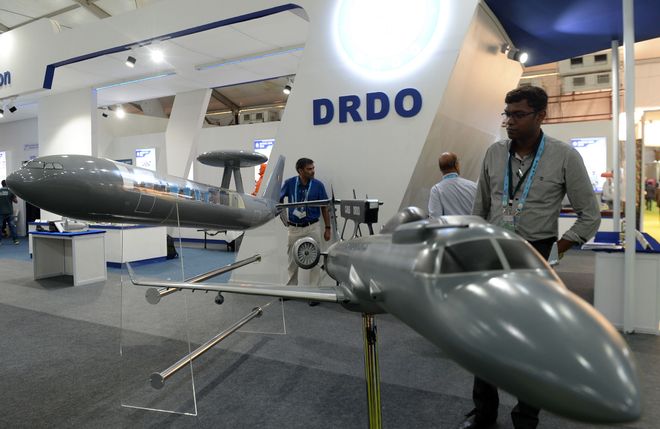Manas Dasgupta
NEW DELHI, Aug 18: India’s Defence Research and Development Organisation (DRDO), country’s premier defence laboratory, has developed a system which can detect faces through several “disguises like face masks, beard, moustache, wigs, sunglasses, head-scarves, monkey-caps, hats, etc.”
Dubbed ‘Face Recognition System under Disguise’, (FRSD), the system instead of human eyes relies on algorithms to identify the person from patchy, low-resolution surveillance camera feeds. “The algorithm can also be used by security agencies for robust face search across large repositories,” a report by the Ministry of Defence said.
The system can be deployed in restricted/ secure zones for live video surveillance. It can also be deployed in public places to recognise anti-social elements, the report said.
It takes into consideration different lighting conditions, shadows on the face, crowd occlusions and so on for identification. “‘Face recognition in the wild’ on surveillance camera feeds is a difficult problem to solve due to the low resolution of the images captured from the cameras. This problem becomes even more challenging to solve with the added complexity of various facial disguises, crowd occlusions and varied illuminations,” the MoD report said.
The need for developing such a system to identify people correctly even with face mask was felt at the height of the Covid-19 Pandemic that had made the criminals happy to be able to hide themselves behind the obligatory face masks. The National Crime Records Bureau, in fact, had floated a tender for it last year, but no announcement was made on whether this technology was developed or deployed.
The Ministry of Defence (MoD) recently released a report called ‘AI in Defence’, which revealed FRSD and other three facial recognition systems developed by organisations under MoD for the Indian Army. But the technologies are unlikely to be reserved only for military activities and are expected to be deployed in public places, particularly at the airports as well.
The report said the DRDO has developed the FRSD system keeping in mind that it should be scalable across servers and graphic processing units. “The system comes with a flexible video analytics suite with a number of additional surveillance applications like people counting, geo-fencing, fire detection and collision detection.”
Another intelligence system developed along with FRSD called “Project Seeker” does not require internet connectivity, can accrue intelligence data from multiple sources and be set up remotely with a field-ready system anywhere. It can be deployed in ‘disturbed’ areas for continuous surveillance and monitoring, as well as at civilian establishments ‘for ensuring state-of-the-art security’.
“The Seeker system is a self-contained, AI-based facial recognition, surveillance, monitoring, and analysis system for identification & tracking of threats for counter-terrorism, continuous surveillance, and monitoring of disturbed areas,” the report said. It said the system can be deployed in ‘critical military’ or ‘civilian establishments’ for added security.
Using intelligence data from various sources, the Army aims to track the movement of terrorists and ‘anti-national’ elements. The Army aims to achieve “psychological dominance on threats and anti-national elements”, the report said, while explaining how the technology will serve the nation.
Apart from Project Seeker, the Indian Army has also developed Silent Sentry, which is a fully, facial recognition capable, 3D-printed rail-mounted robot that slides on a rail and can be installed on fences and anti-filtration obstacle system (AIOS). The robot which communicates through WiFi is embedded with artificial intelligence for detecting human beings and faces.
“The video feed received from the robot is analysed by an AI software utilising object recognition. The software detects movement and human presence automatically, generates an audio alarm and stores the photographs with time and date log,” the report said. On detection of a human, a background facial recognition algorithm is activated, which tries to determine the identity of a person from a stored database. The facial feature information is then stored in the database.

